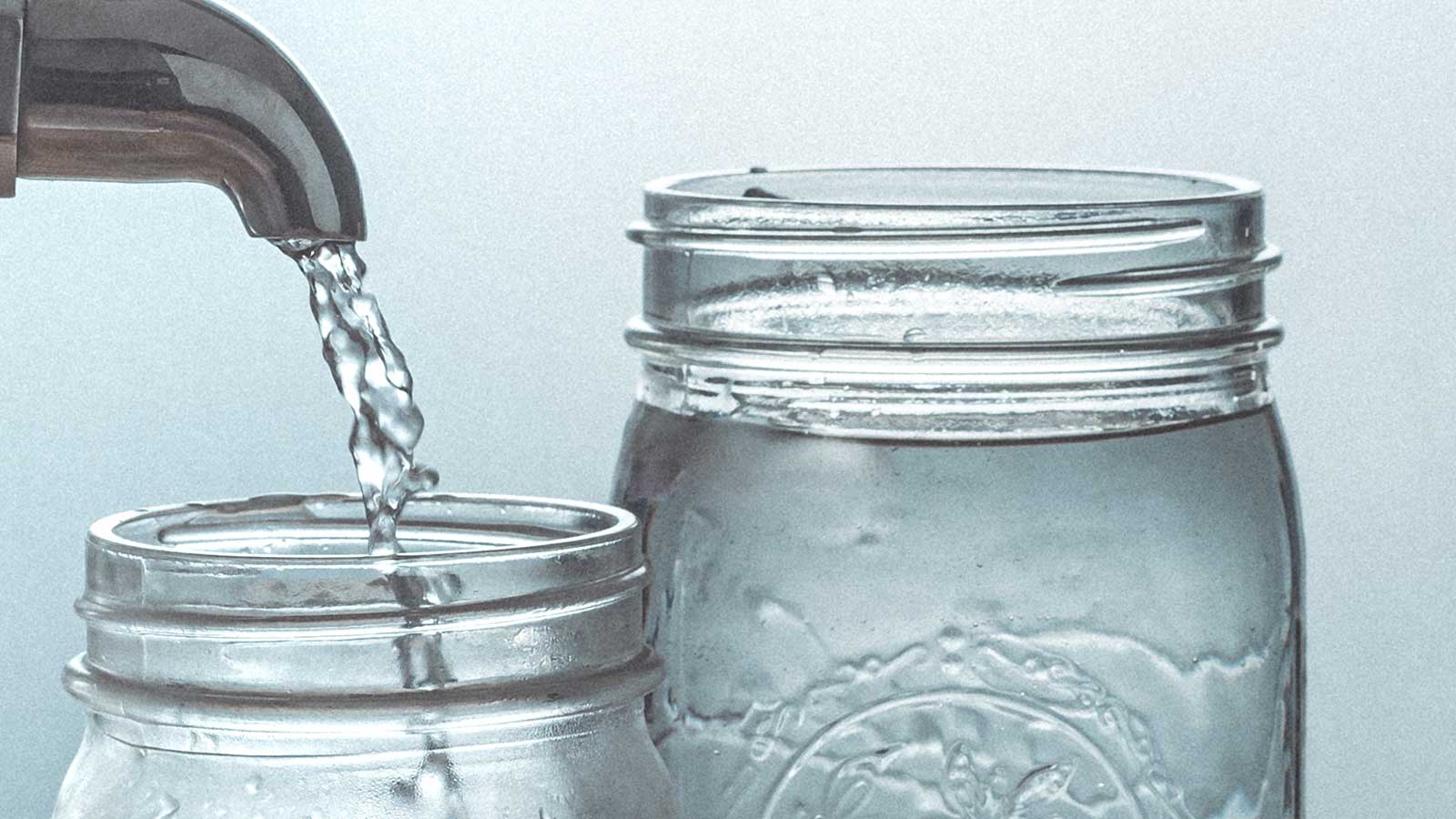City has replaced more than 20,000 lead service lines throughout Newark.
Newark, New Jersey —
On Thursday, Mayor Ras J. Baraka announced that the average lead levels in Newark water have fallen well below the federal benchmark for acceptable levels for the third straight reporting period, as the City continues to abate and eliminate all miniscule traces of lead from its drinking water.
The new preliminary averages are below 7 parts per billion, more than 8 ppb below the federal EPA acceptable level of 15 ppb and will be reported to the state DEP by Newark’s chief chemist Selene Samuel by July 10. These newly reported levels, confirmed by engineering firm CDM Smith, put Newark in compliance with EPA standards for 18 straight months, in which lead levels have continued to fall.
In the meantime, the City has replaced more than 20,352 lead service lines as it nears completion of the project, which broke ground in mid-March of 2019.
“From the time we reported our first lead exceedances to the state regulatory agency and our community in the spring of 2017, there has been a concerted effort to rid the City of this problem,” Mayor Baraka said. “We are now viewed as a model city for lead abatement by national organizations, the media and our earliest critics.”
With this latest report of lead traces falling below federal levels, the City has effectively ended the legal action brought against Newark and state DEP by the National Resources Defense Council and the Newark Education Workers Caucus in June of 2018, one year after Newark began remediation plans.
Under the settlement agreement of last December, the agreement expires on June 30, 2021, if the City continued to show trace lead levels below federal standards.
Most of the other conditions of the settlement were met before the settlement was signed, including the massive lead line replacement project, distribution of filters and education on their use, and testing for lead in homes, which the City has done at no cost to residents for decades.
“We have always maintained our water was safe at the source,” said Kareem Adeem, Newark’s Water and Sewer Utilities Director. “The problem occurred when the corrosion control in one of the City’s two water systems faltered. As soon as we recognized the problem with the help of the EPA, we began a three-prong approach solution by handing out more than 40,000 filters to residents, introducing a new corrosion control system, and replacing every lead line in the City, which is the permanent remedy.”
Adeem said the latest lead results were taken from homes where the lead lines had not yet been replaced, proving the corrosion control system is working, tamping down lead in fixtures and soldering in the home.
“It’s important that residents continue to have us test their water, so we can identify problems in the home,” he said.
Chris Sturm, the managing director of policy and water for New Jersey Future stated the City’s “multi-million-dollar investment in its water infrastructure is an investment in its most important asset – its people, and especially its children.
“Getting lead out of drinking water has been a major challenge, but the City is turning the corner,” she said. “In particular it is demonstrating how communities can permanently replace lead service lines – fast and forever.”
Mayor Baraka called the new results “proof that the City of Newark is committed to delivering the purest water possible to our residents and the people of surrounding towns who consume our water.”
“I’m proud that our Administration, the Water and Sewer Department, and our scientists and technical consultant who studied the problem, found a solution, and put that solution into practice,” he said. “Our county, state and federal government partners have also been very essential and supportive.”
The City estimates that full lead line replacement will be completed later this year as the number left to be replaced dwindles.














